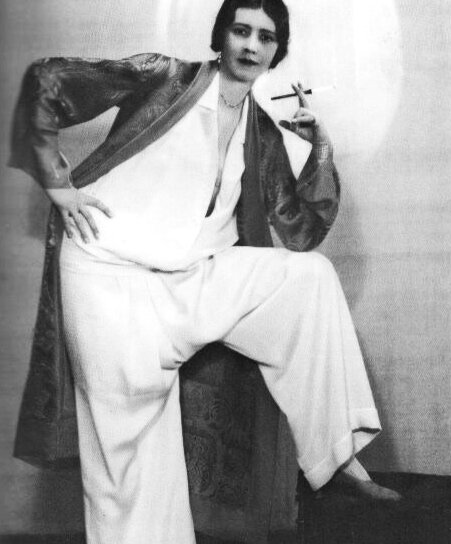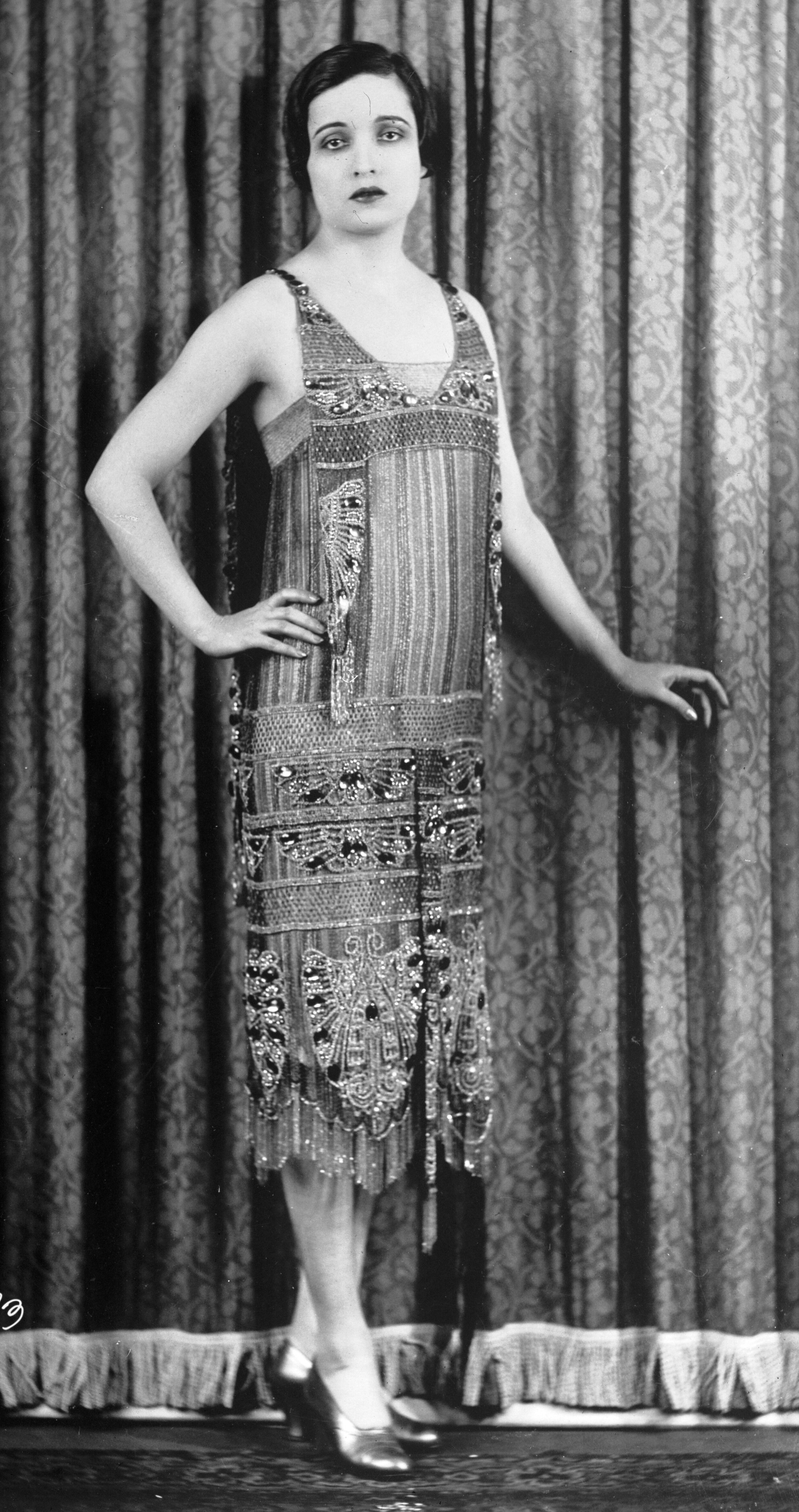La Garconne 1920’s
The 1920’s, also known as the Roaring Twenties was considered a very difficult era as it was a time of great change and enthusiasm in many areas of society. World War 1 had just taken place and caused a major influence on women’s fashion styles. Throughout this time, the silhouettes created were cropped as they had to be functional and practical, therefore continued to remain short thereafter. This article would look at the history of the 20’s, how there was a sudden change in silhouette and how this transformation created the Garconne movement and affected women worldwide.
La Garconne
The idea of the La Garconne was first originated with Victor Margueritte’s 1922 novel titled ‘La Garconne’. It tells the tale of a young woman who leaves her family and home to gain independence in life. Once the story was published, women found it aspirational rather than rooted as in reality, very few women would have the liberation to experience social, economic, or political freedom.
There was a sudden change in women’s lifestyle starting post-war, reaching its peak in 1926. Here, women started becoming more independent and freer. It was considered a youthful and boyish style which, because it asked for a pre-pubescent figure, brought upon a drastic change in the silhouette as well as the fashionable physique. This silhouette provoked a range of adjectives such as ‘slender’, ‘svelte’ and ‘sleek’ on fashion magazine pages.
In addition, the styles and cut of women’s garments changed drastically as well. The regular length for the waistlines dropped and hemlines rose scandalously. One of the biggest changes seen in the silhouette was the shift from the s-curve to the Flapper Dress.
Flapper Dress
The Flapper Dress was invented in the mid-1920s. The ‘Flapper’ was a derogatory term that was used for women when they started losing their morals and becoming freer. It was a new liberation for women as it was freed from the original Gibson girl corset, the s-curve shaped silhouettes of the Edwardian Era, and the constraints of the type of lifestyle women were living. The ‘Flapper Girl’ term peaked in 1926, leaving fabrics such as silk, chiffon, georgettes, crepes, and voiles in high demand by the customers.
Coco Chanel, a role model for the flapper dress, created the ‘Black Dress’ silhouette that helped illustrate the 1920’s fashion. She was inspired by the Flapper style and was the first to popularize the idea of the ‘Little Black Dress’ in every occasion. Through this dress, she was able to demonstrate the change in the hemline length.
This was a big change that took place in the 1920s; the start of the new silhouette emphasized the idea of having a flat chest and covering any womanly curves that were visible. Women were attempting to become more androgynous with their appearance, therefore looking less feminine. Although wearing androgynous garments may have been considered out of the ‘norms’ back then, this style continued to develop over the years and is easily accepted and seen in today’s generation.
For the past couple of years, many trends have been revived from the past and modernized to fit the current generation. The Flapper Dress has also returned, however in a very simple and elegant manner, not seen in an extravagant form when compared to the ’20s. The garment construction itself has dialed down into a more casual ‘Shift Dress’ which is seen worn by many women during the Summer. Many brands have started incorporating this trend into their collections as well, where the dress is loose fitted and is not figure-hugging (similar to the elements found in the Flapper Dress). Some that have incorporated this style are Maison Margiela, Paco Rabanne, Isabel Marant, and many more. Reviving old trends and reusing it in a modernized technique helps us remember and keep our past fashion looks alive.


